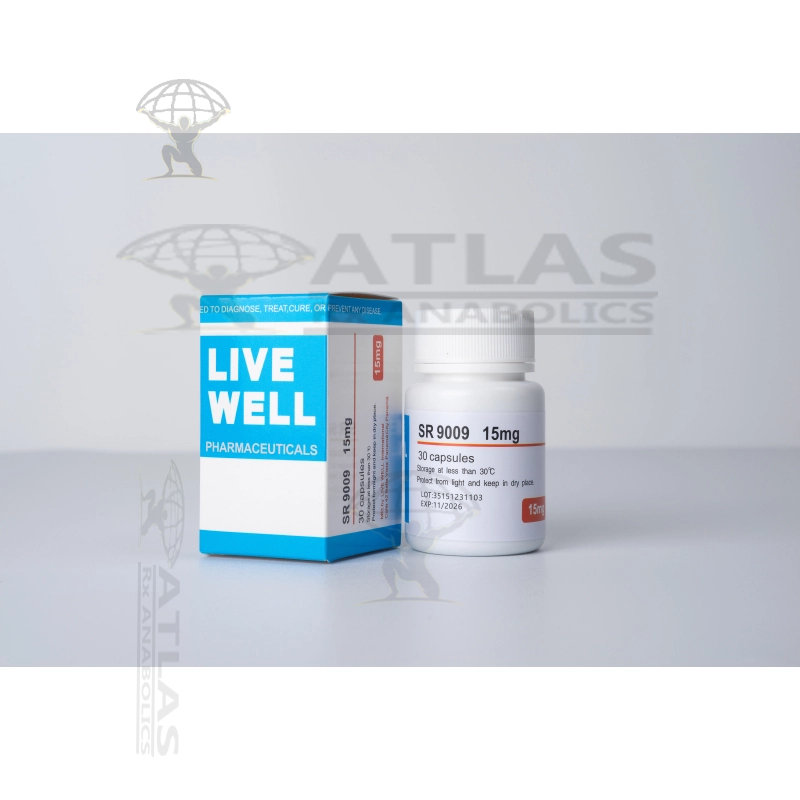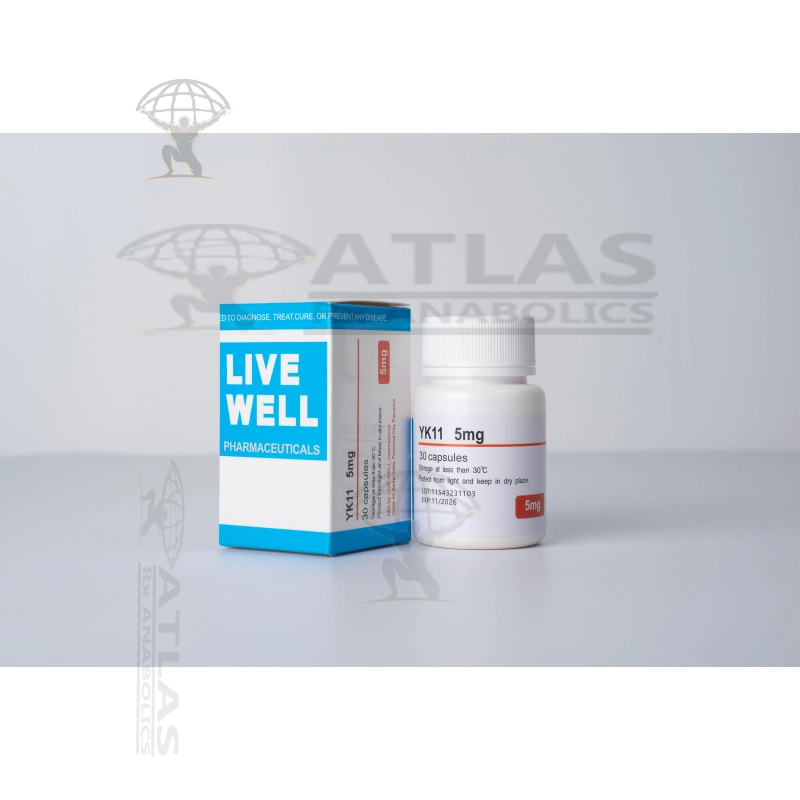Description for Tamoxifen 20mg
Title: Tamoxifen: A Comprehensive Guide to Usage, Mechanism, and Side Effects
Introduction:
Tamoxifen is a medication that has been widely used for the treatment of breast cancer for several decades. It is an important drug in the field of oncology and has played a crucial role in improving the survival rates and quality of life for many patients. This article aims to provide a detailed description of Tamoxifen, including its usage, mechanism of action, and potential side effects.
Usage:
Tamoxifen is primarily used for the treatment of hormone receptor-positive breast cancer, both in pre-menopausal and post-menopausal women. It can be administered as an adjuvant therapy after surgery, radiation, or chemotherapy, or as a first-line treatment for advanced or metastatic breast cancer. Furthermore, Tamoxifen has proven effective in reducing the risk of breast cancer in high-risk individuals, such as those with a family history of the disease or certain genetic mutations.
Mechanism of Action:
Tamoxifen exerts its effects by acting as a selective estrogen receptor modulator (SERM). It competes with estrogen for binding to estrogen receptors in breast tissue, effectively blocking the estrogen signaling pathway. This inhibitory action prevents the growth and proliferation of hormone receptor-positive breast cancer cells, ultimately leading to tumor regression. Additionally, Tamoxifen has been shown to enhance the production of certain proteins that inhibit cell growth and promote cell death, further contributing to its anti-cancer effects.
Side Effects:
While Tamoxifen is generally well-tolerated, it is important to be aware of its potential side effects. The most common side effects include hot flashes, vaginal dryness, and irregular menstrual periods in pre-menopausal women. Post-menopausal women may experience menopausal symptoms such as night sweats and mood swings. These side effects are usually mild and can be managed with symptomatic treatment or hormone replacement therapy if necessary.
Tamoxifen may also have an impact on bone health, as it can reduce bone mineral density and increase the risk of osteoporosis. Regular bone density assessments and appropriate interventions, such as calcium and vitamin D supplementation, are important for minimizing this risk. Additionally, Tamoxifen has been associated with a slightly increased risk of blood clots, which can manifest as deep vein thrombosis or pulmonary embolism. Patients on Tamoxifen should be educated about the signs and symptoms of blood clots and seek immediate medical attention if they occur.
Another important consideration is Tamoxifen's potential effect on the endometrium. It has been associated with a slightly increased risk of endometrial cancer, although this risk is outweighed by the drug's benefits in treating breast cancer. Regular gynecological examinations and monitoring for any signs of abnormal vaginal bleeding are crucial for early detection and management of endometrial changes.
It is worth noting that Tamoxifen may interact with certain medications, including selective serotonin reuptake inhibitors (SSRIs) and aromatase inhibitors. Therefore, it is important for patients to inform their healthcare providers about any other medications they are taking to avoid potential drug interactions.
Conclusion:
Tamoxifen is a vital medication in the treatment of hormone receptor-positive breast cancer. Its ability to modulate estrogen receptor signaling has been instrumental in improving outcomes for patients. While Tamoxifen is generally well-tolerated, it is essential for patients and healthcare providers to be aware of its potential side effects and take appropriate measures to minimize risks. Overall, Tamoxifen's benefits in treating breast cancer far outweigh its potential risks, making it an indispensable tool in the fight against this disease.
Shipping Cost
On all orders is set at $25.00
Secure checkout
Protected by Bitcoin
Offer & gift here
On all huge orders








Amelia Hunter
I am extremely impressed with the quality of this product. It's worth every penny. Highly recommended!